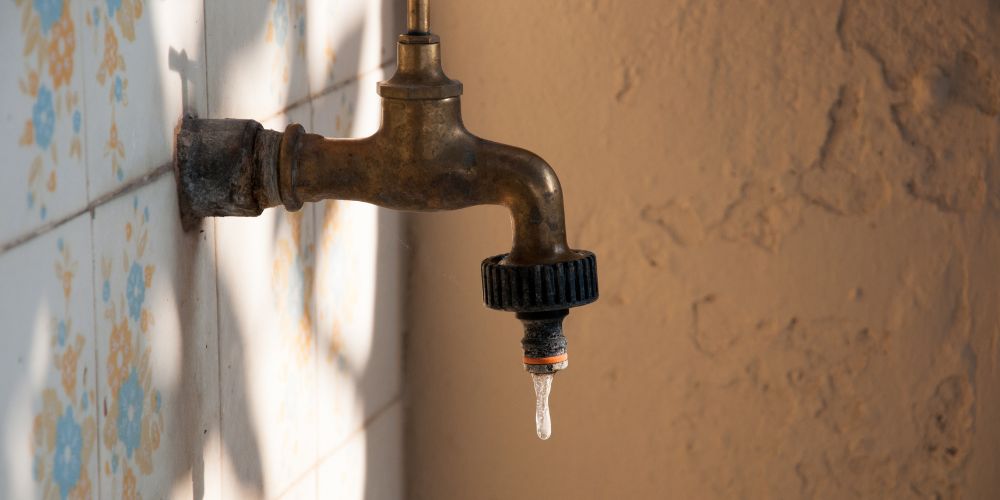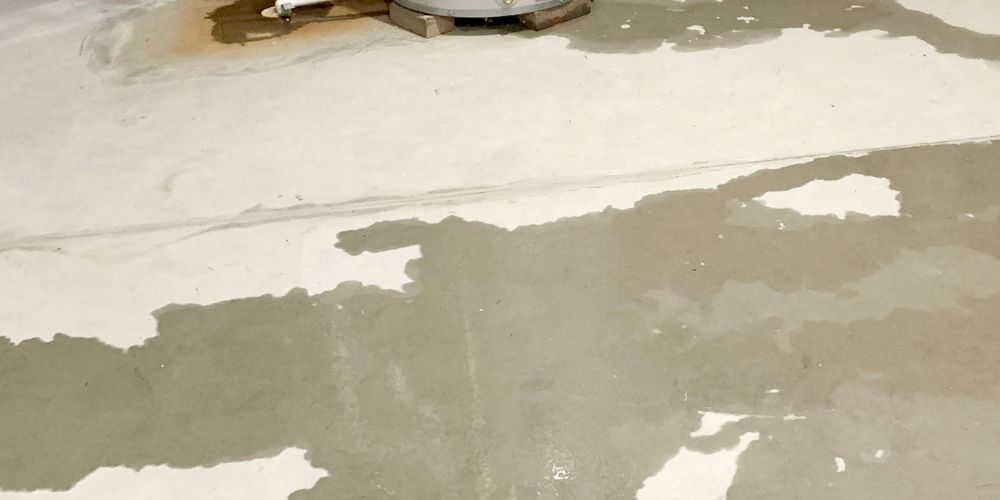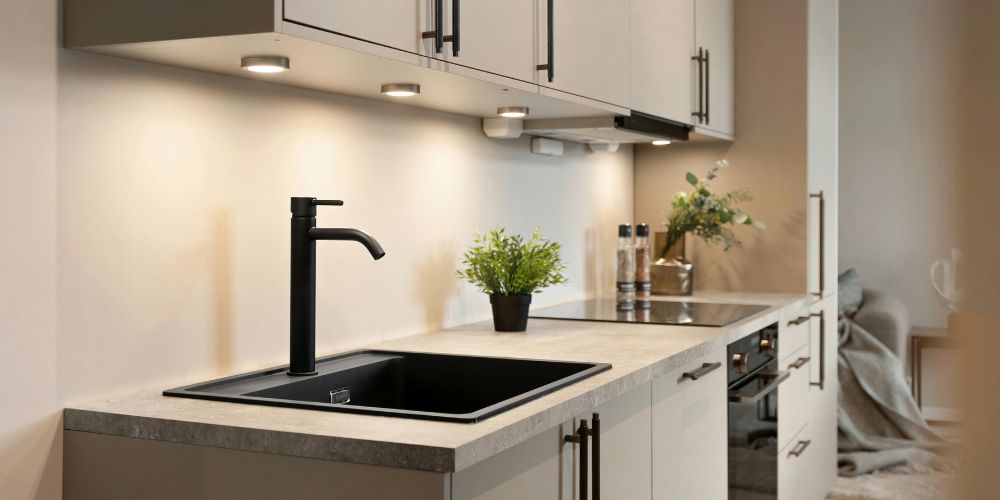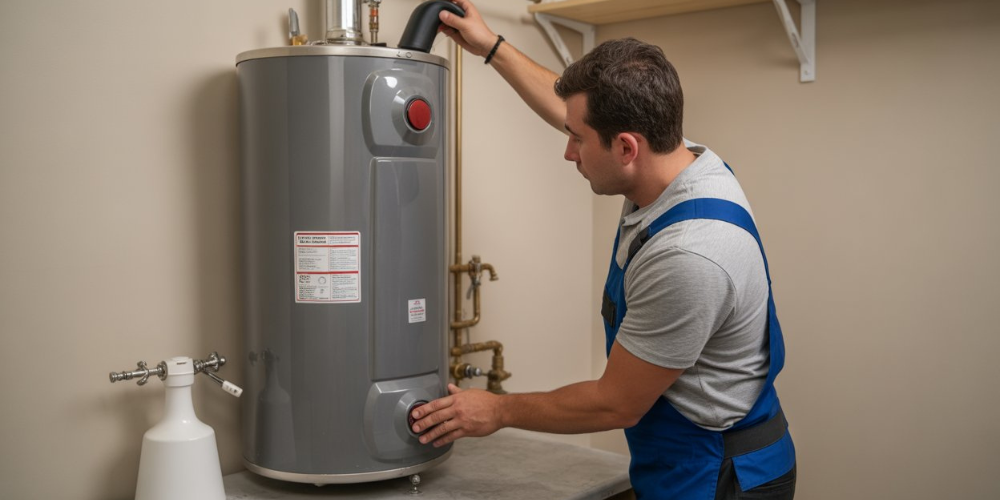Have you ever wondered what’s lurking in your home’s drains and pipes? In Texas, blockages in sewer systems are more common than you might think. A few years back, people were stunned by reports of “fatbergs” — massive clogs of grease, wet wipes, and other debris compacted in sewer pipes. While Texas hasn’t seen anything quite as massive as London’s 800-foot, 130-ton fatberg, similar buildups still cause significant issues. These clogs can grow large enough to rupture pipes, disrupt entire sewer systems, and even lead to backups that affect entire neighborhoods.
Avoiding these issues requires smart habits at home, like properly disposing of grease and avoiding flushable wipes. But if you’re experiencing persistent drain issues, it might be a good idea to call in a professional to keep things flowing smoothly.
But you don’t need a massive clog to feel the frustration of a backed-up drain. Maybe hair has collected in your shower drain, or someone poured chunky food waste down the kitchen sink. Or perhaps you’re dealing with a mysteriously slow shower, sink, or toilet drain with no obvious cause.
Clogged drains are a common issue—Americans spend around $267 million each year on chemical drain cleaners to tackle stubborn blockages. Even with preventive measures, clogs happen to nearly everyone from time to time. While some severe blockages may require a plumber’s expertise, many can be handled with a DIY fix. In this post, we’ll explore various ways you can clear a clogged drain on your own.
How to Unclog A Drain with Simple Methods?

1. Plunger:
Start by filling your sink with water up to about halfway, and make sure you’re dressed in clothes you don’t mind getting wet. Before using the plunger, check that there’s enough water in the sink, as you’ll need the pressure to clear the clog. Position the plunger over the drain and press down firmly, then pull up quickly. Repeat this motion if the water drains slowly. If the water drains quickly, you’ve successfully unclogged the drain blockage.
2. Hanger:
Straighten a wire coat hanger and bend one end to create a small hook. Gently work it past the drain cover to hook out hair or debris. Once you’ve removed the obstruction, run hot water to flush the drain. This method works best for blockages within the first 4-6 inches of the drain.
3. Drain Snake:
For deeper blockages, a plumbing snake (or auger) is a great tool. This flexible wire coil can be pushed through the drain to break up clogs, especially those caused by hair or other debris. Simply feed the snake into the drain and rotate it until you feel the blockage give way.
4. Boiling Water:
If your clog is due to grease buildup, boiling water can often break it down. Boil a large pot of water and pour it slowly down the drain. Repeat the process several times if necessary, allowing the water to cool in between.
Note: Avoid using this method on PVC pipes as boiling water may cause damage.
5. Coke:
Believe it or not, soft drinks like Coke or Pepsi contain acids that can help dissolve clogs. Pour a room-temperature bottle of soda down the drain and let it sit for about an hour or two. Follow up with hot water to rinse away the residue. This can be an effective, low-cost solution.
6. Baking Soda & Vinegar:
Start by pouring a small packet of baking soda down the drain, followed by a generous amount of vinegar. This creates a fizzing reaction that helps break down clogs. Let it sit overnight, then rinse with hot water the next morning. This method is especially useful for breaking down stubborn materials. You can also try other combinations, such as baking soda and salt with hot water or washing soda with hot water.
Also read, How to Effectively Unclog a Kitchen Sink?
How to Make a DIY Unclogging Solution?
- Hot Water:
One of the easiest and quickest methods is to use boiling water. Fill a kettle or pot with water and heat it until it boils. Slowly pour the hot water down the drain in stages, checking the flow after each pour to see if the clog starts to loosen. This method is effective for minor clogs, especially those caused by grease or soap buildup.
- Baking Soda and Vinegar:
Start by pouring half a box of baking soda into the drain, without adding water. Then, add about half a cup of vinegar and cover the drain to trap the fizzing reaction. Let it sit for 30 minutes. Afterward, pour boiling water down the drain to flush out the loosened debris.
The reaction between the acidic vinegar and the alkaline baking soda creates bubbles that help break down the buildup in the pipes. While this natural method may take a bit longer than chemical drain cleaners, it’s a gentle, effective way to clear your drain and keep it flowing smoothly.
- Lye:
Lye, commonly used as a disinfectant or in soap-making, can also help unclog a drain. To use it, carefully pour a few teaspoons of lye directly into the drain, followed by a small amount of water. Let the mixture sit for 30 to 40 minutes to break down the clog. Once the time has passed, flush the drain with boiling water to clear away any remaining debris.
Be sure to avoid letting lye come into contact with your skin, as it can be harmful. While it is generally safe for metal pipes, lye can corrode soft metals like aluminum. Keep any aluminum pots, pans, or utensils away from the area when using this method to prevent damage.
How to Prevent Clogs in Drains?
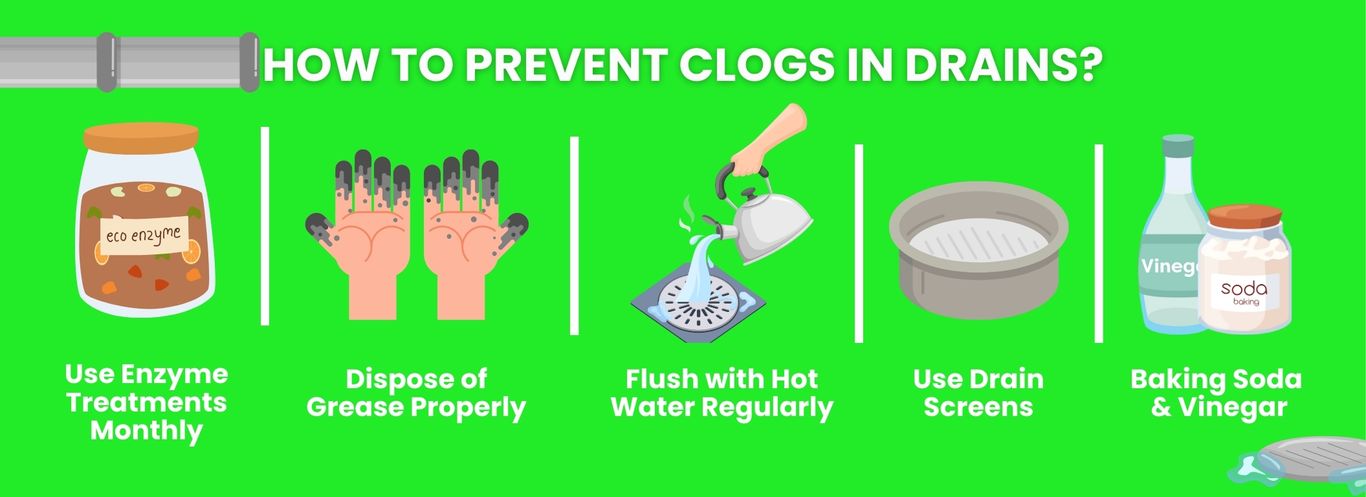
If you’ve noticed your kitchen or bathroom drains are slowing down, chances are you’ve got a clog. Drain clogs can be one of the most frustrating plumbing problems, and they often seem to return just when you think you’ve solved the issue. The good news is, that there are several simple steps you can take to prevent clogs from forming in the first place:
1. Use Enzyme Treatments Monthly:
Instead of relying on harsh chemical drain cleaners, opt for safe enzyme treatments. Regular use helps coat the inside of your drain pipes, preventing food, grime, hair, and other debris from building up and causing blockages.
2. Dispose of Grease Properly:
Grease is one of the top culprits for kitchen sink clogs. Always dispose of grease in the trash—either by pouring it into a container or letting it solidify before scraping it into the trash. Never pour grease down the drain.
3. Flush with Hot Water Regularly:
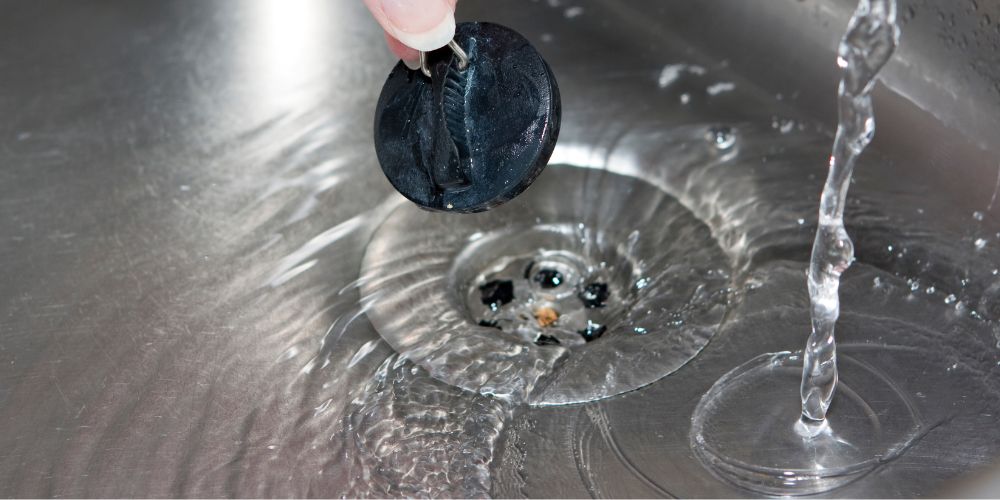
Running hot water through your drains helps prevent scum and debris buildup. After each use, run hot water down the drain. For drains, you don’t use frequently, pour hot water through them weekly to keep them clear and prevent odors from escaping through the p-trap.
4. Use Drain Screens or Mesh Strainers:
A simple drain screen can catch hair, soap scum, and other debris before they cause a clog. Be sure to clean the screens regularly to maintain their effectiveness and prevent odors.
5. Clean Drains with Baking Soda and Vinegar:
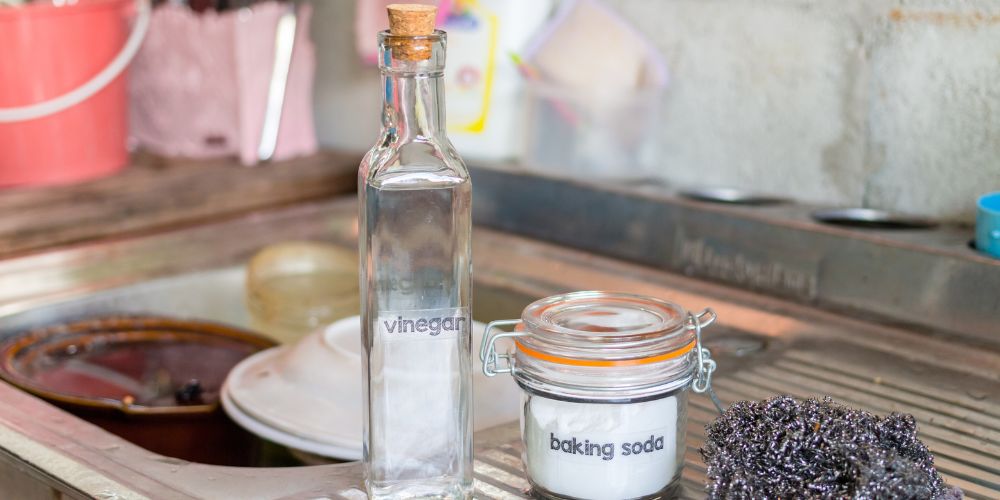
A natural solution to keep drains clean and free-flowing is a combination of baking soda and vinegar. Pour half a cup of baking soda down the drain, followed by a cup of vinegar. Let the mixture sit for 10 minutes before flushing it with a bucket of very hot water. Repeat if necessary to keep your drains running smoothly.
If you find yourself dealing with frequent clogs despite these efforts, it might be time to call in a professional. A plumber can help identify the root cause of the issue and provide a long-term solution to keep your drains clear and free of blockages.
Quick Solutions for Clogged Drains: Call PlumbSmart for Help!
Dealing with a clogged drain? Whether it’s grease, hair, or food buildup, clogs can be frustrating and disruptive. Fortunately, there are simple DIY methods you can try, like using boiling water, baking soda and vinegar, or a plunger. However, if you’re dealing with a stubborn blockage or recurring clogs, it’s best to contact PlumbSmart’s professionals.
At PlumbSmart, we specialize in fast, reliable solutions for drain cleaning and help it flow smoothly again. Whether you need a quick fix or a long-term solution, our expert team is here to help. Call us today to schedule an appointment and say goodbye to clogged drains!


